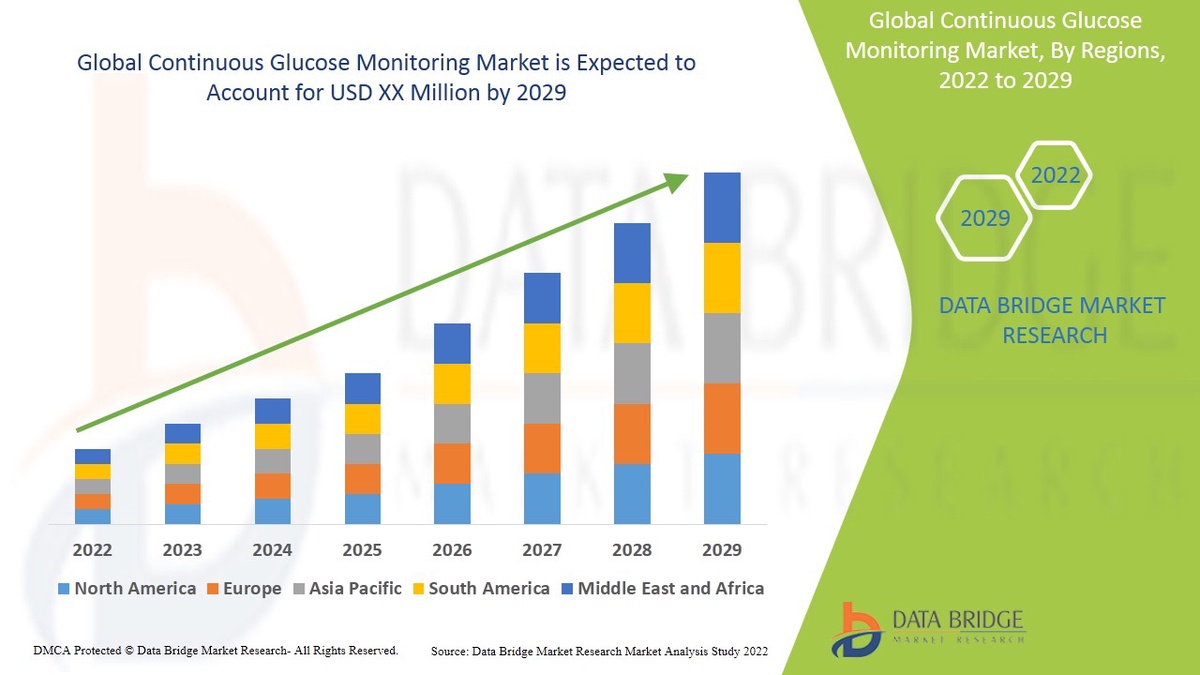Introduction
The glucometer market is experiencing significant growth, largely propelled by the increasing prevalence of diabetes. As this chronic condition continues to affect a substantial portion of the global population, the demand for reliable and convenient glucose monitoring tools such as glucose meters has surged. The escalating awareness surrounding the importance of effective diabetes management has further fueled this market expansion. With more individuals recognizing the significance of regular blood glucose monitoring, the demand for user-friendly and accurate glucometers has risen exponentially. Moreover, the steady growth in healthcare infrastructure investment, both in developed and developing economies, has contributed to the market's upward trajectory. The availability of advanced medical facilities and increased healthcare spending have facilitated easier access to glucometers, enhancing the overall diabetes management landscape. Collectively, these factors have synergistically acted as key drivers, propelling the glucometer market forward and ensuring that individuals with diabetes have access to effective and efficient tools for monitoring their blood glucose levels.
Definition
Glucometers analyse a tiny blood sample taken from a finger prick or another appropriate place. The tool monitors blood glucose levels, which are shown on a computerised screen. By enabling them to keep track of their blood sugar levels and make educated choices about their food, exercise routine, and medication, this information assists people with diabetes in managing their illness.
Role of Continuous Glucose Monitoring (CGM) Systems
The key role of CGM systems lies in the following aspects:
- Real-Time Monitoring: CGM systems continuously track glucose levels, offering real-time data that reflects the impact of various factors such as food, physical activity, stress, and medication. This helps individuals make immediate and informed decisions about their diet, insulin doses, and overall lifestyle choices.
- Early Detection and Prevention: CGM systems can alert users to impending high or low blood sugar levels well before they become critical. This early detection allows users to take corrective actions promptly, preventing severe hypoglycemic or hyperglycemic episodes.
- Customized Diabetes Management: CGM systems provide personalized insights based on an individual's unique glucose response patterns. This customization allows for tailored adjustments to insulin dosing and other diabetes management strategies.
- Reduction in HbA1c Levels: The data generated by CGM systems can help individuals and healthcare providers make more accurate treatment adjustments, potentially leading to improved glycemic control and reduced long-term HbA1c levels.
- Enhanced Quality of Life: CGM systems reduce the need for frequent fingerstick tests, offering a more convenient and less invasive method of glucose monitoring. This can significantly improve the quality of life for individuals with diabetes.
- Educational Insights: CGM data can offer insights into how various factors impact glucose levels. This educates users about their condition and empowers them to make proactive choices that positively influence their health.
- Remote Monitoring: Some CGM systems enable remote monitoring, allowing caregivers, family members, or healthcare professionals to track a person's glucose levels from a distance. This is especially beneficial for parents of children with diabetes or for patients with complex care needs.
To gain more knowledge about continuous glucose monitoring market visit
https://www.databridgemarketresearch.com/reports/global-continuous-glucose-monitoring-market
Growth rate in glucometer market
- The continuous glucose monitoring market is projected to experience a substantial growth rate of approximately 16% during the forecast period spanning from 2022 to 2029.
- This promising growth trajectory is highlighted by a recent report from Data Bridge Market Research, which offers a comprehensive analysis of the continuous glucose monitoring market.
- The report delves into insights regarding the factors that are anticipated to remain influential throughout the forecast period and examines their potential impacts on the market's expansion. One of the predominant driving factors behind this market growth is the escalating incidence of diabetes.
- As the prevalence of diabetes continues to rise globally, the demand for effective and advanced glucose monitoring solutions such as continuous glucose monitoring systems has surged. These systems provide real-time insights into glucose fluctuations, enabling individuals with diabetes to make timely and informed decisions about their lifestyle, diet, and medication.
- This growing awareness and the need for precise glycemic control are expected to be significant contributors to the sustained growth of the continuous glucose monitoring market in the coming years.
About data bridge market research
Data Bridge Market Research is a prominent market research and consulting firm that specialises in providing comprehensive and insightful market intelligence to businesses across various industries. The company offers a range of services, including market analysis, industry reports, competitive landscape assessments, and strategic consulting. Data Bridge Market Research is known for its in-depth research methodologies and data-driven insights, helping organisations make informed decisions and stay competitive in their respective markets.


No comments yet